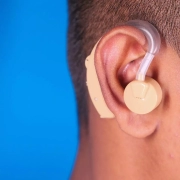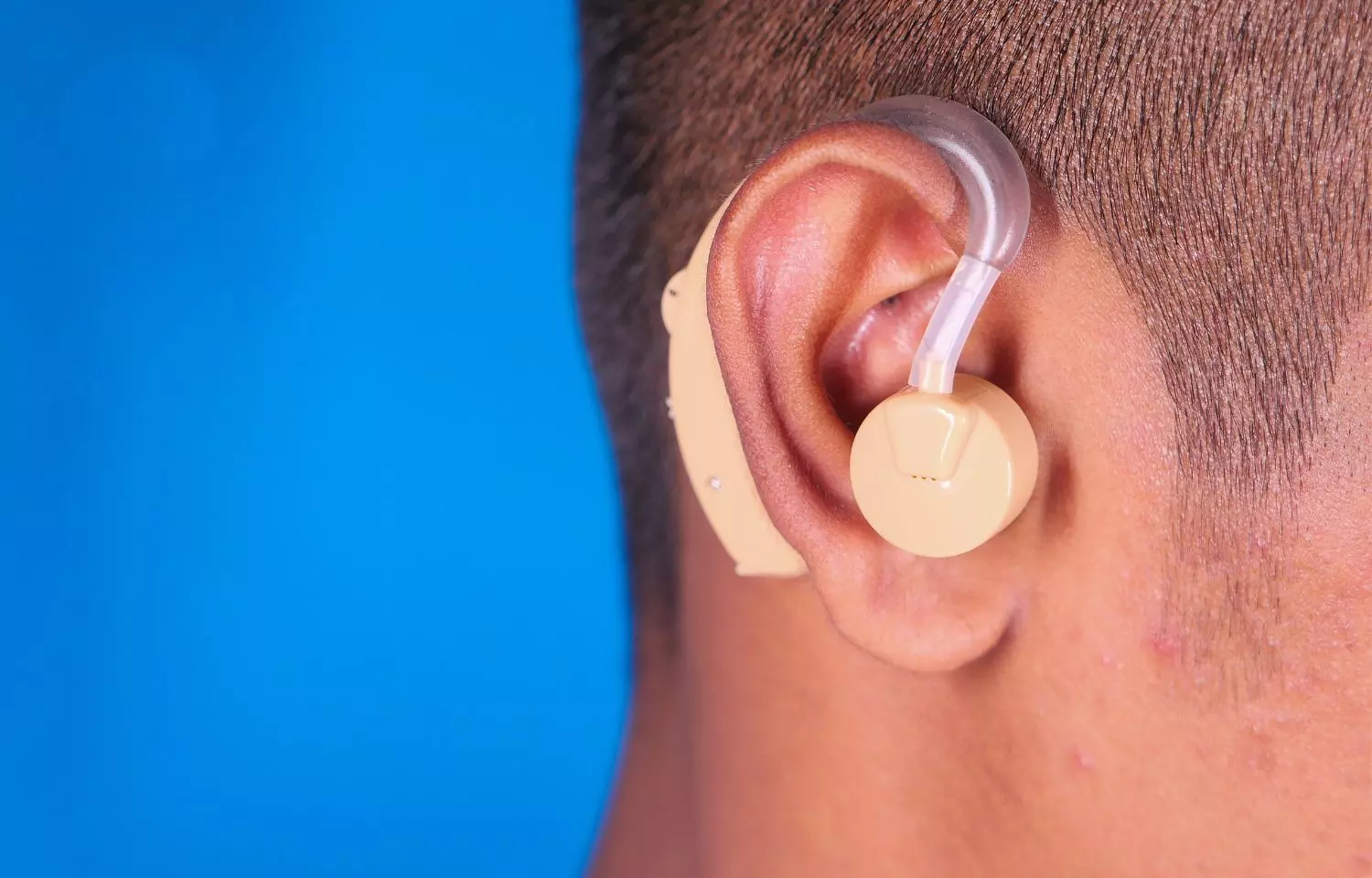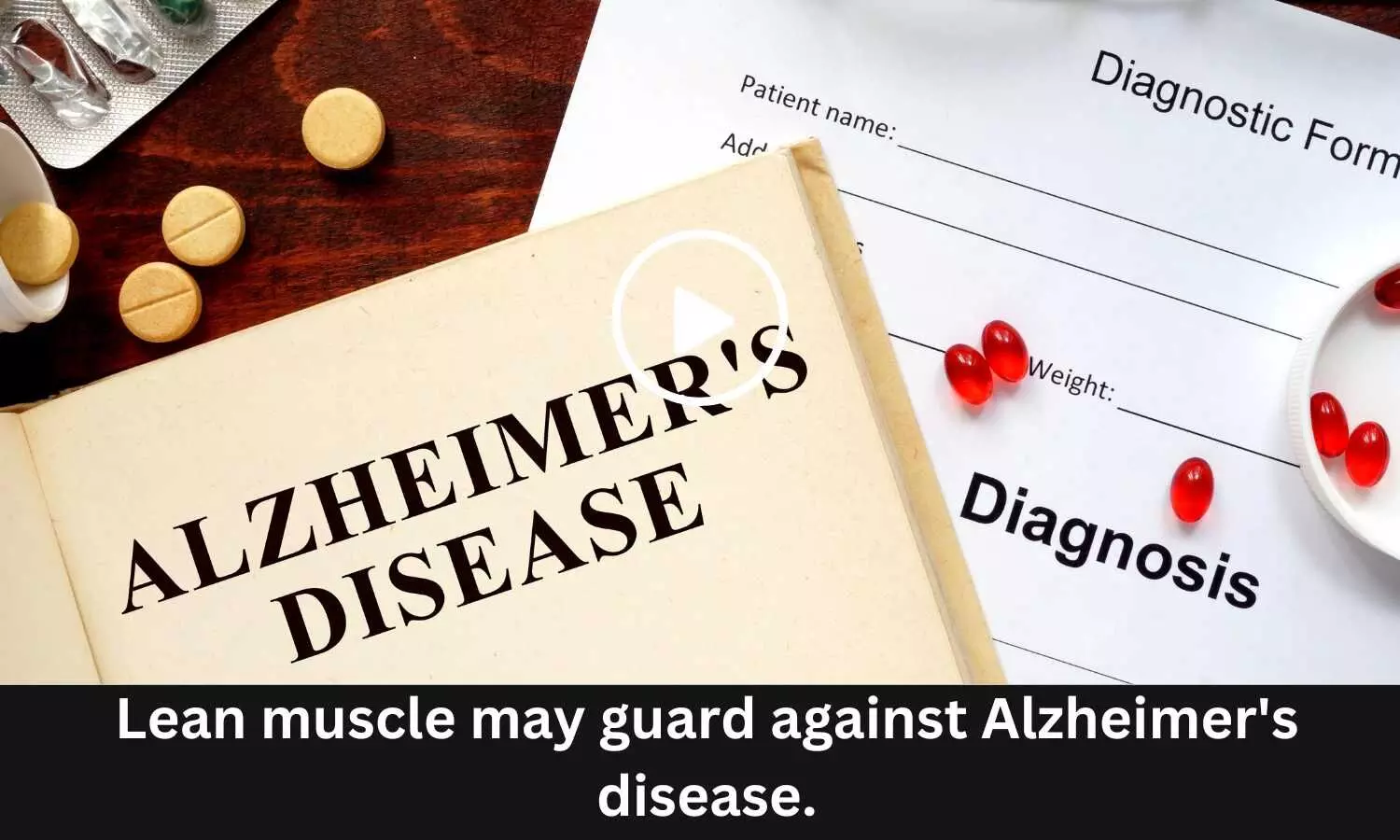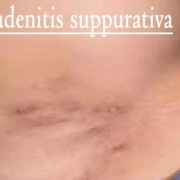Two-step screening protocol can predict and prevent heart failure among adults with diabetes

USA: In a recent study published in Circulation, the researchers have described a two-step screening protocol that combines clinical risk assessment with biomarker testing for more effective identification of patients with type 2 diabetes who need medication to prevent heart failure. A
According to the study led by UT Southwestern Medical Center researchers, the new strategy is the best approach for predicting heart failure in patients with diabetes-even in those deemed low-risk following clinical risk assessment only.
“Diabetes often leads to cardiovascular disease, with heart failure being one of the most common manifestations,” said Ambarish Pandey, M.D., Associate Professor of Internal Medicine in the Division of Cardiology at UT Southwestern and corresponding author of the study. “In recent years, many physicians have relied on one-step screening approaches, like clinical risk scores, biomarker tests, or echocardiography, to identify those at high risk for developing heart failure. But even patients considered low-risk by these single-step risk assessment tools sometimes develop heart failure. Furthermore, testing all individuals with diabetes with often expensive biomarker or echo assessments is often not feasible or cost-effective.”
Dr. Pandey and his colleagues found that combining these risk assessment strategies sequentially by adding a second step – such as giving low-risk patients by clinical risk score a blood test for natriuretic peptide levels, a biomarker for cardiovascular disease – is the most efficient and potentially cost-effective strategy for screening for heart failure. Natriuretic peptides are proteins produced by the heart when there is stressful stretching of the heart muscle. The research could lead to more patients being accurately screened and receiving proven preventive therapies, such as sodium-glucose cotransporter 2 inhibitors (SGLT2i), to protect their heart health.
The study included data from 6,293 diabetes patients who had taken part in seven cohort studies. Of those, 4,889 had no signs of atherosclerotic cardiovascular disease (ASCVD). All patients had undergone screening to determine their level of risk for heart failure. By comparing screening methods and downstream risk of heart failure episodes at a five-year follow-up, researchers were able to determine the methods and sequence that best predicted those at risk.
“Our study found that 30% to 50% of the total heart failure events in the population without prevalent ASCVD occurred in individuals marked low-risk with a single screening strategy,” Dr. Pandey said. “But when a second step was added, approximately 85% of the actual heart failure cases were identified. This suggests a substantial percentage of patients with diabetes who could benefit from more aggressive preventive treatment are being overlooked.”
Different two-step screening strategies were evaluated incorporating WATCH-DM, blood tests including natriuretic peptides, and echocardiography. “We found that assessing the WATCH-DM risk score in all individuals, followed by natriuretic peptides only among individuals who were considered low-risk based on the WATCH-DM risk score, was the most efficient of the two-step screening strategies to assess heart failure risk and target preventive therapies,” said study first author Kershaw Patel, M.D., Assistant Professor of Cardiology at the Houston Methodist Academic Institute.
Although echocardiographic screening can be a beneficial risk determinant after clinical assessment, it is more expensive and time-consuming than a natriuretic peptide blood test. That makes the echocardiogram less likely to be checked unless a patient is already considered high-risk or has another indication for testing.
“The key to improving our ability to identify those most in need of preventive treatment is using cost-effective screening tools that can be easily implemented in the clinic,” Dr. Pandey said. “Our finding advances the field by demonstrating an efficient and effective approach that gives physicians a better idea of their patients’ actual risk. We hope that further study of this two-step strategy will enable us to evaluate both its clinical success and its cost-effectiveness to develop a consistent approach for patients.”
Reference:
Kershaw V. Patel, Matthew W. Segar, David C. Klonoff, Muhammad Shahzeb Khan, Muhammad Shariq Usman, Carolyn S.P. Lam, Subodh Verma, Andrew P. DeFilippis, Optimal Screening for Predicting and Preventing the Risk of Heart Failure Among Adults With Diabetes Without Atherosclerotic Cardiovascular Disease: a Pooled Cohort Analysis, https://doi.org/10.1161/CIRCULATIONAHA.123.067530
Powered by WPeMatico



















